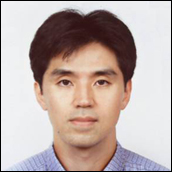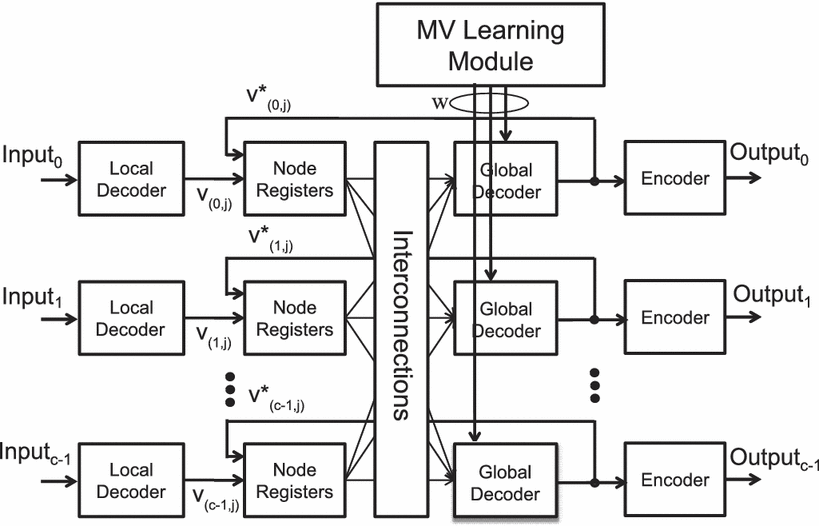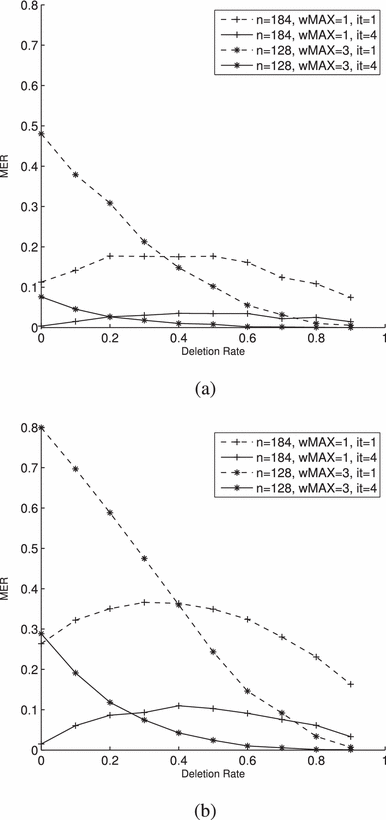EDITORIAL
The month of march is keeping us very busy in order to finalize the scientific program and the social activities for ISCAS2016. The preparation for our annual report are underway in order to deliver it in time during the month of May. We have announced the call for contribution for the next edition of the ReSMiQ annual symposium to be held on May 22nd at the Sheraton Hotel. In 2016 we are joining forces with colleagues from France and Japan and doing so giving our annual symposium international scope. We’ll have guest speakers who will talk about the impact of circuits and systems on human health and quality of life. A poster competition featuring projects by graduate will also be part of the program. The call for communications has been broadcasted a few days ago. Interested students must send us their proposal no later than April 12, 2016 using the poster proposal form available via the ReSMiQ web site. More details
We are also focusing on the organization of the next edition of the ReSMiQ Innovation Day (RID). Following the success of the RID2015 (see Signal Vol.7 no.9) we are preparing the next edition which will be held on October 13th. Participants will attend the keynote speeches, discussion panel and numerous presentations by representatives from academia and industry. A special session is dedicated to the presentation of undergraduate and graduate student projects where they will demonstrate their scientific and technical expertise during a competition where each presenter will display their project via a technical demonstration, a live experiment. Prizes will be awarded to the best presentations. Visit resmiq.org to see all the details. We remind you that this competition is open to all full-time students enrolled in a university or a college/CEGEP in the province of Québec. The Call for projects has been announced and students interested in submitting their project can do so until May 9, 2016. We are counting on all members to encourage their students to participate. More details
NEWS FROM OUR MEMBERS
Exposure
– Dr. Sawan from Polytechnique Montréal offered a seminar at KAUST in Saudi Arabia. More details
Achievement
– Dr. Nicolescu from Polytechnique Montréal, Dr. Trajkovic from Concordia and Dr. Liboiron-Ladouceur from McGill are co-authors of a paper that won the best poster award at ACP2016, and another paper that won the best paper award at DATE2016.
Involvement
– Sawan from Polytechnique Montréal was appaointed ambassador of Montréal for his contribution with the Palais des congrès of the city. More details


RESMIQ’S ACTIVITIES
This month’s seminar
 Pr. Tony Chan Carusone from the University of Toronto presented the intensive course entitled “CMOS Transceiver Circuits for Short-Reach Optical Communication” at Polytechnique Montréal, organized as part of our continuing training program in collaboration with the IEEE Montréal’s chapters of the Solid State Circuit Society (SSCS) and the Circuits and Systems Society (CASS). See the abstract. Abstract & biography
Pr. Tony Chan Carusone from the University of Toronto presented the intensive course entitled “CMOS Transceiver Circuits for Short-Reach Optical Communication” at Polytechnique Montréal, organized as part of our continuing training program in collaboration with the IEEE Montréal’s chapters of the Solid State Circuit Society (SSCS) and the Circuits and Systems Society (CASS). See the abstract. Abstract & biography
Upcoming seminar
ReSMiQ and the Chapter of the IEEE Solid-State Circuits Society (SSCS) in collaboration with the IEEE Circuits and Systems Society (CASS) invite you to attend the following seminar to be held on April 22, 2016, at 9:00 am at Polytechnique Montréal.

Speaker: Seong Hwan Cho, Korea Advanced Institute of Science and Technology (KAIST)
Title: Sensor electronics and Time-domain analog signal processing
Abstract and biography
SIGNAL is the main monthly information medium of the Microsystems Strategic Alliance of Québec (ReSMiQ). This newsletter aims to be an active link between the members of ReSMiQ and all individuals who have an interest in research and innovation in microsystems. We commit ourselves to promote in it our members’ research and increase ReSMiQ’s visibility.
ReSMiQ is a group of researchers in an interuniversity research center that can count on the support of the Fonds de recherche du Québec – Nature et technologies (FRQNT) and ten (10) Quebec universities involved in microsystems research.





